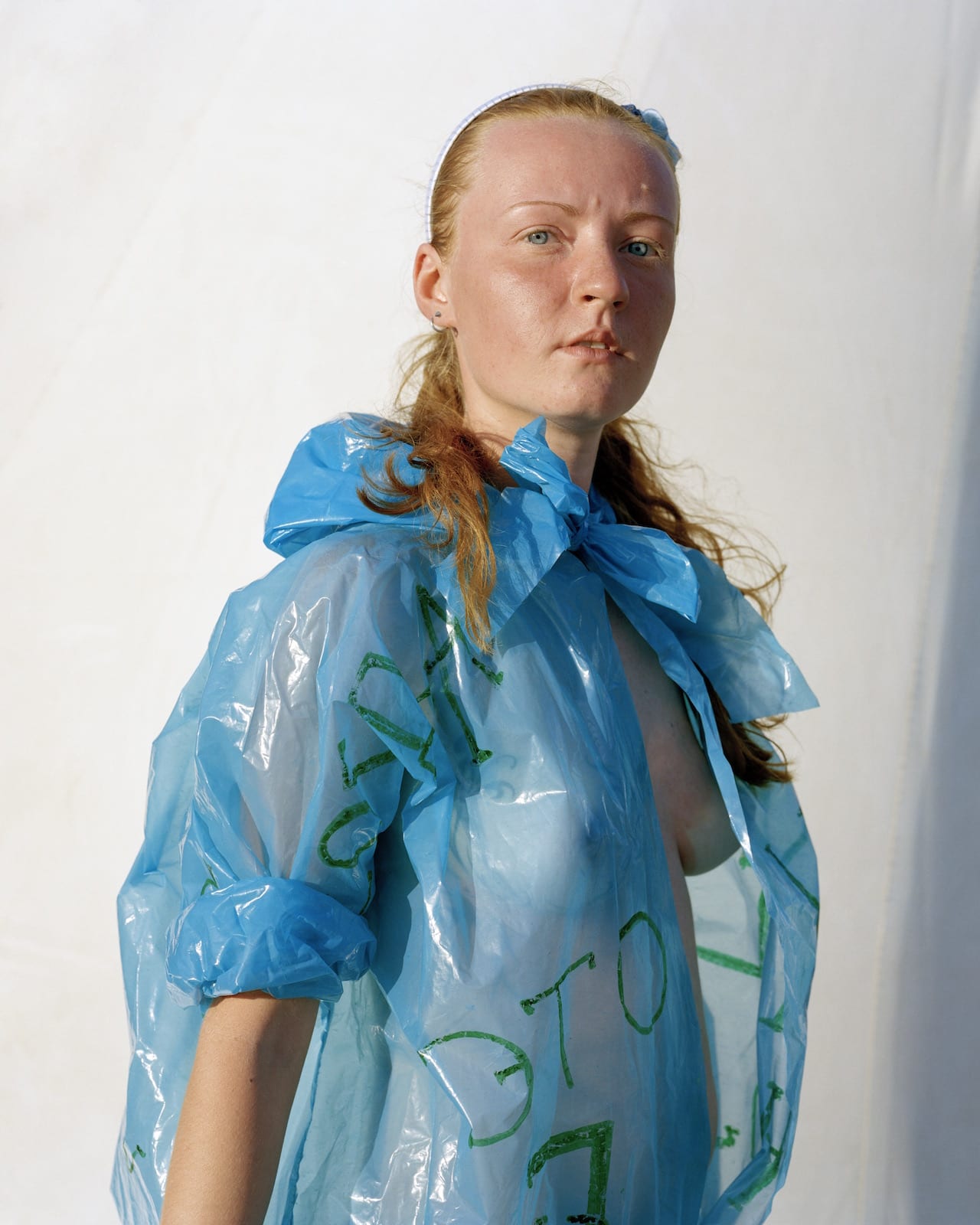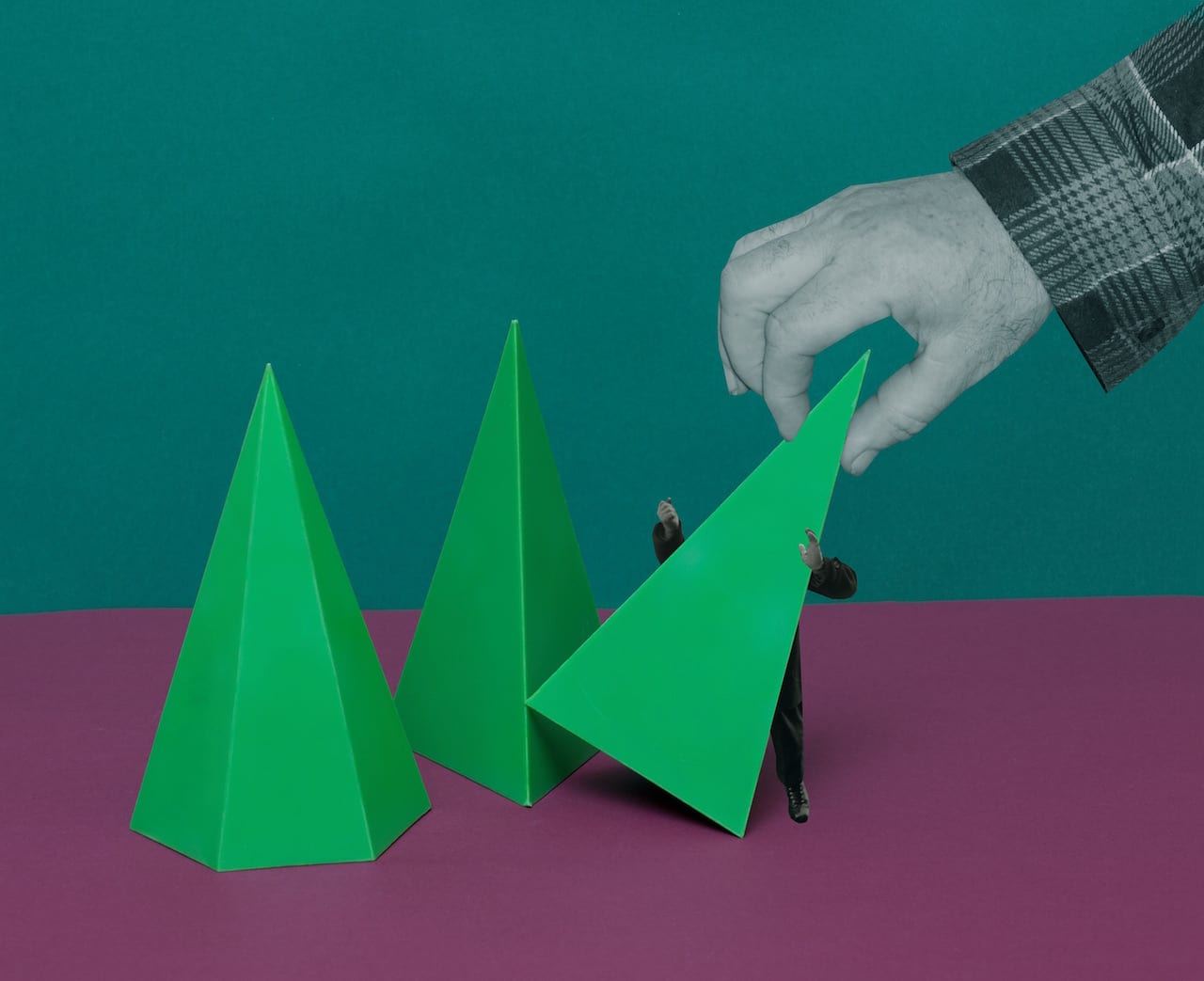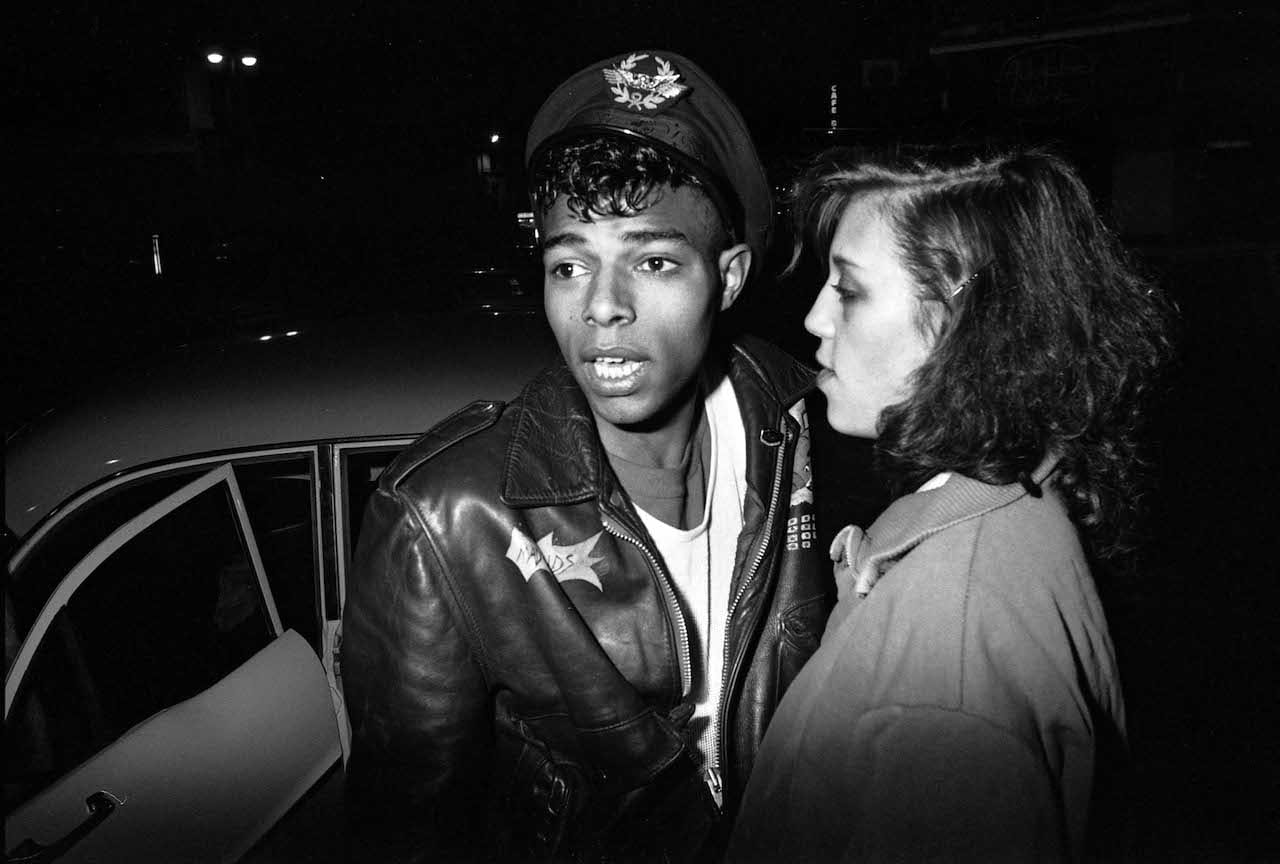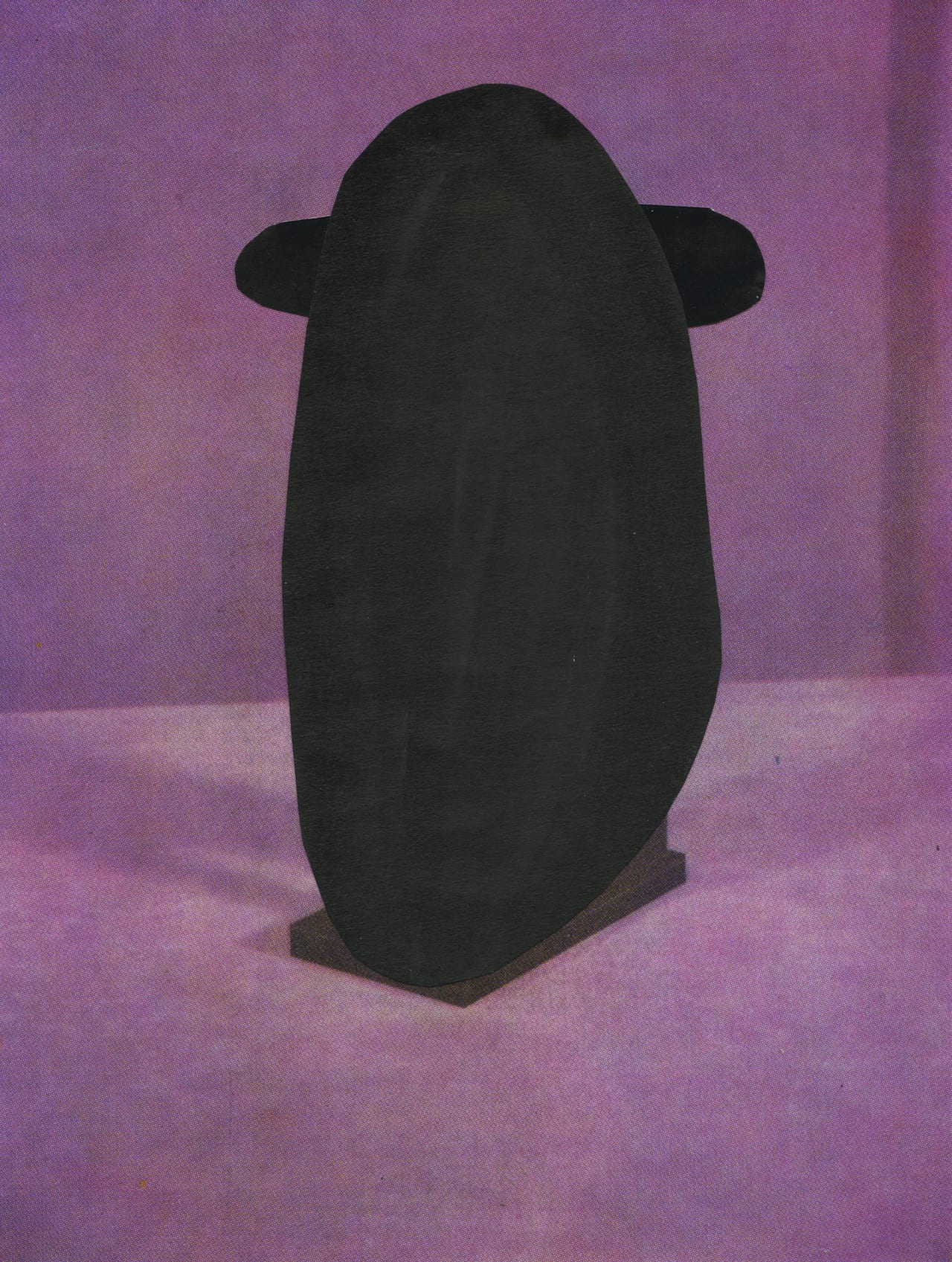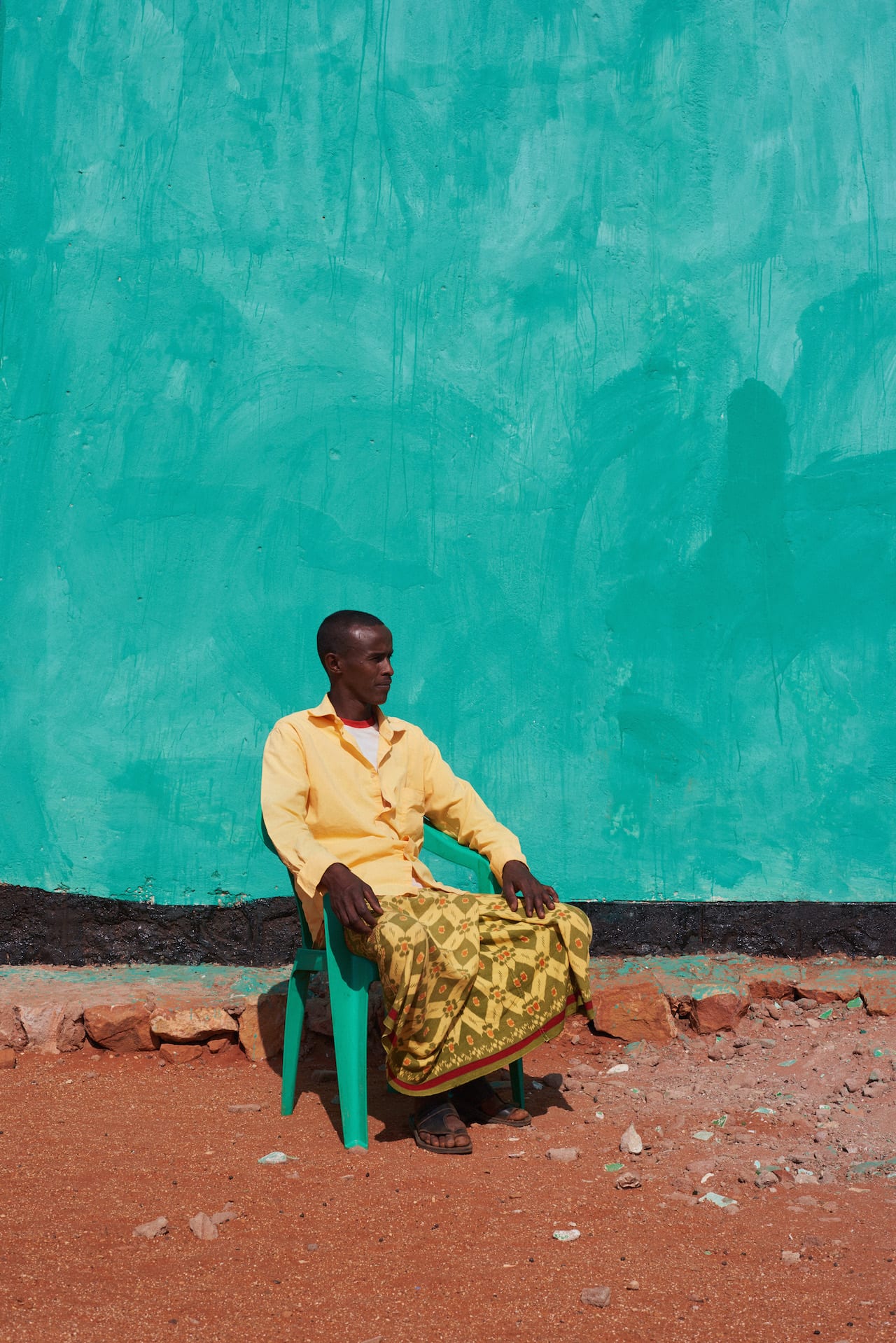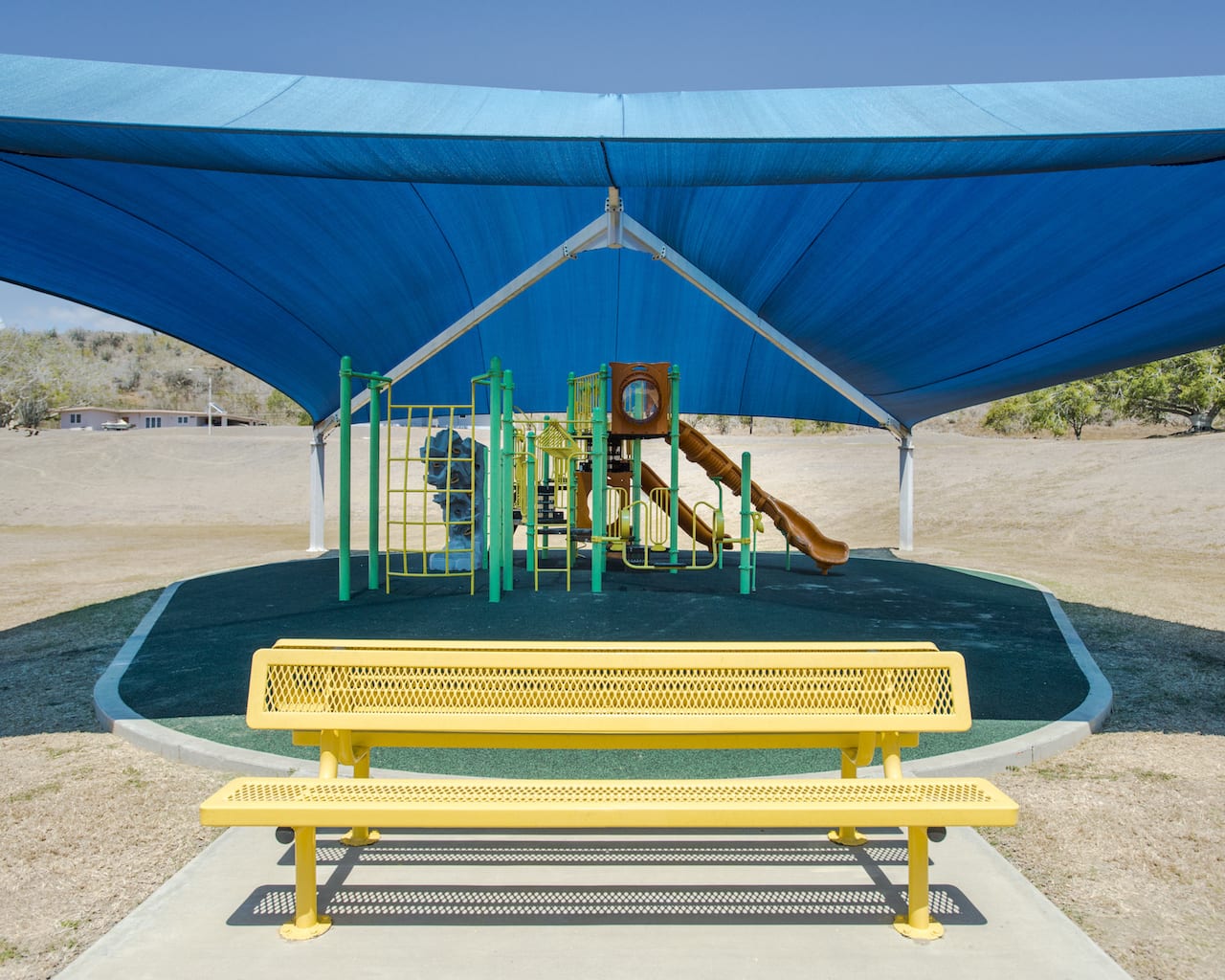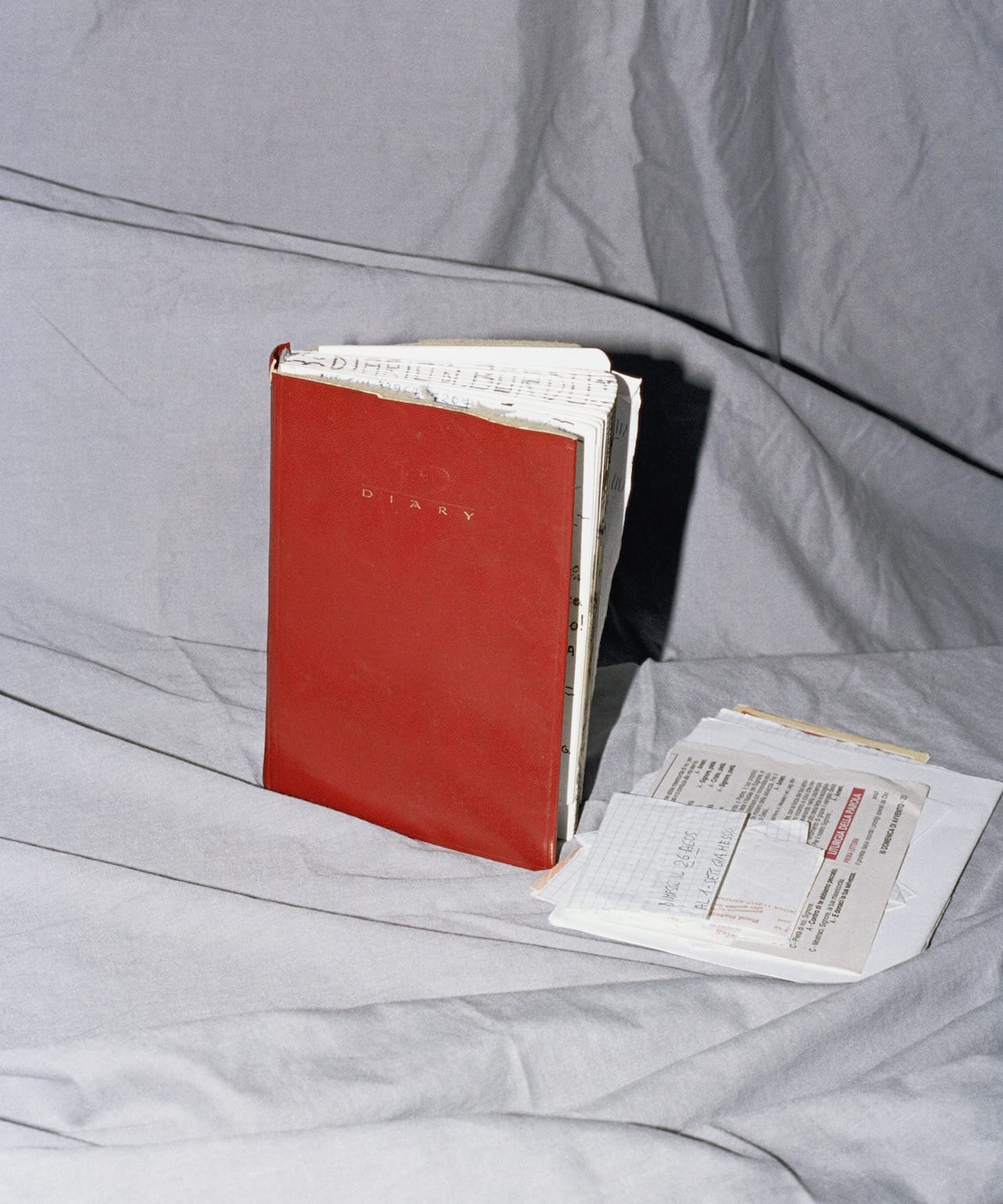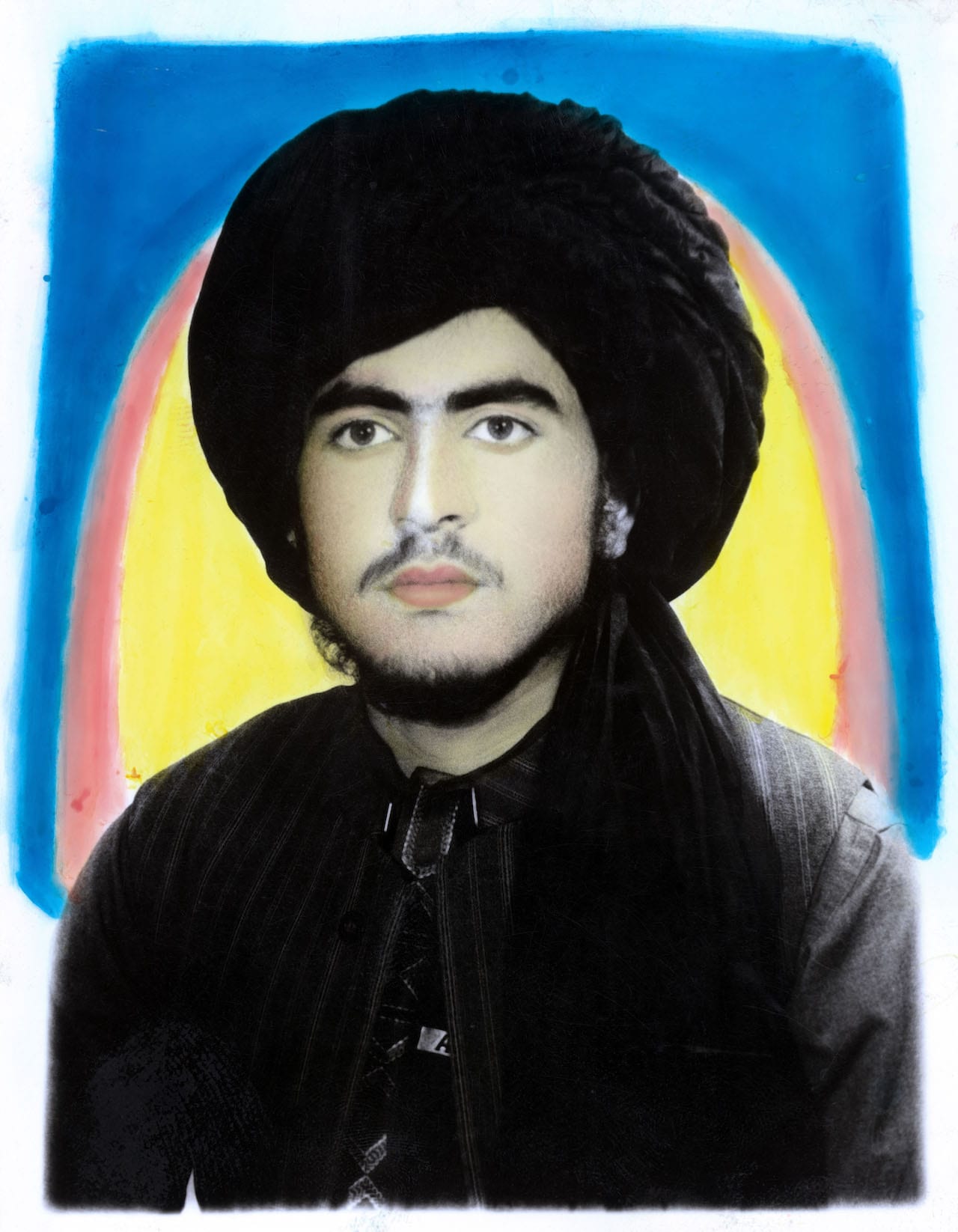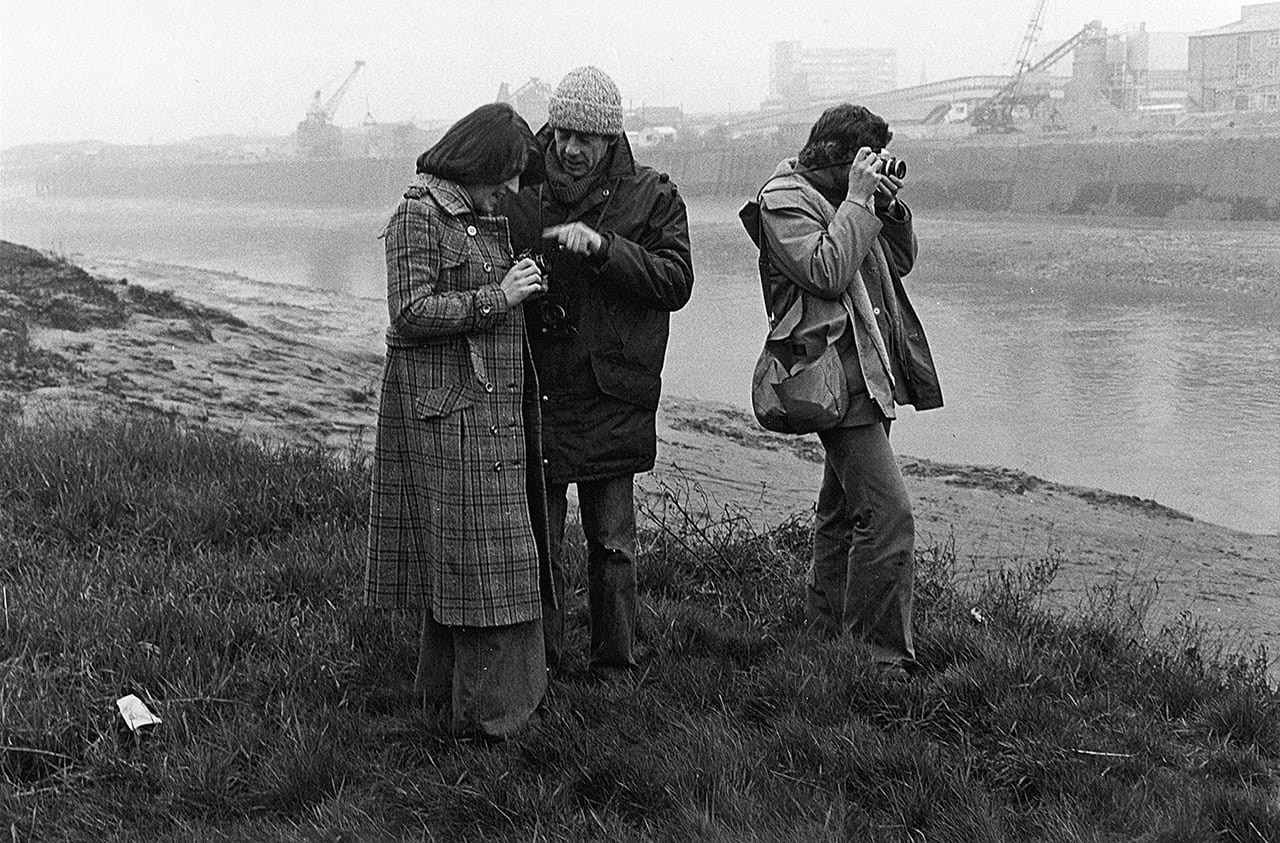Foam founder Marloes Krijnen, curator Yumi Goto, and photographers Rob Hornstra, Mark Power and Mariela Sancari highlight the photobook that have impressed them most so far in 2018 – including Senta Simond’s Rayon Vert, Christian van der Kooy’s Anastasiia, and John Myers’ The Portraits
